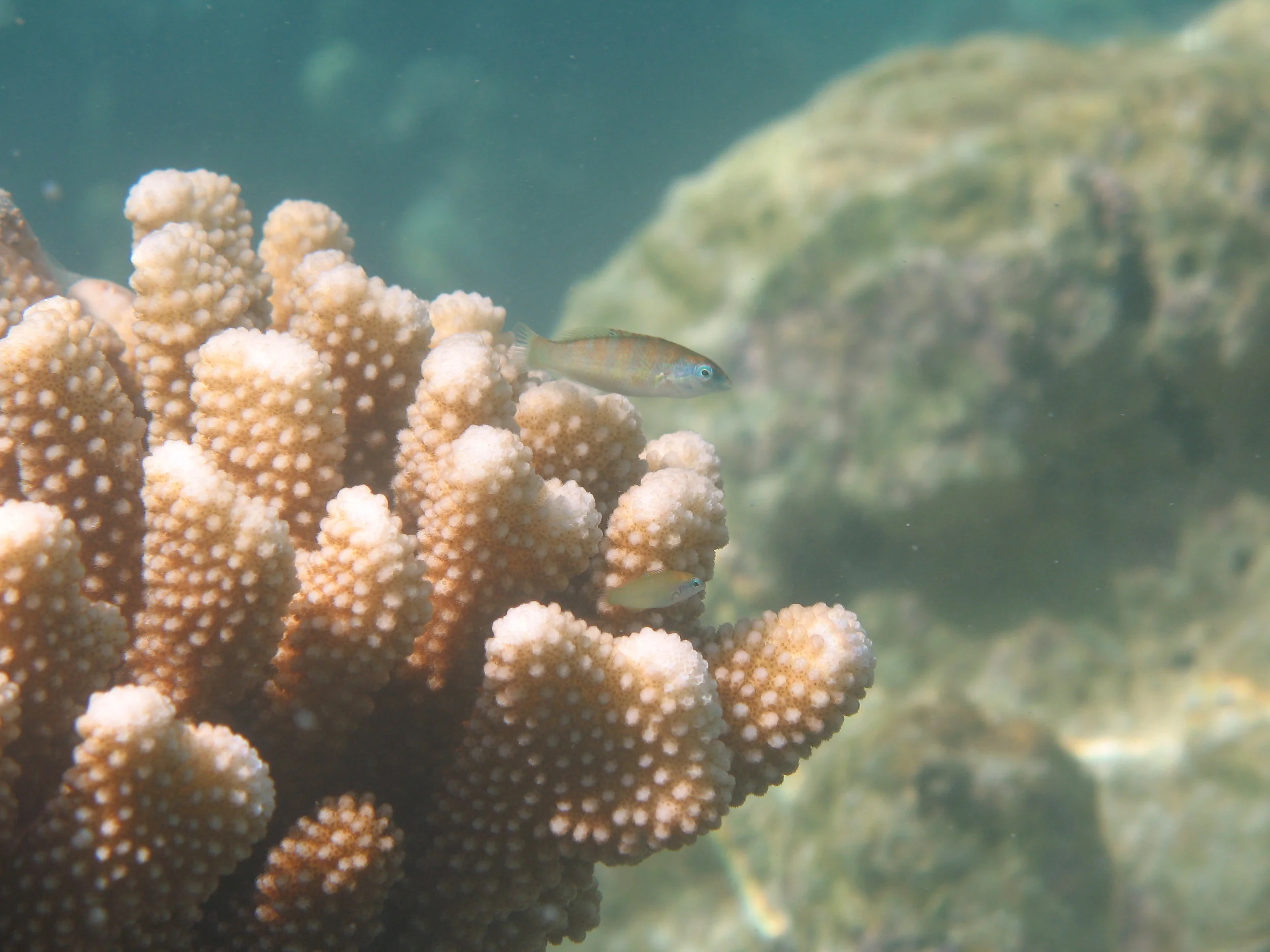Interspecific competition is often asymmetric, and it can limit the spatial distributions of competitively inferior species within a community. When asymmetric competition involves 2 or more component species, the ranking of species’ competitive abilities may form competitive hierarchies (all species of higher rank out-compete all species of lower rank) or competitive networks (at least 1 species of lower rank out-competes ≥1 species of higher rank). Expectations of resource monopolization and patterns of distribution and abundance among species in competitive networks are expected to differ from those in competitive hierarchies. We conducted a field experiment to evaluate the relative competitive abilities of juveniles of 3 closely related species of reef fish (bird wrasse Gomphosus varius, fivestripe wrasse Thalassoma quinquevittatum and the sixbar wrasse T. hardwicke) on Moorea, French Polynesia. We controlled for intrinsic variation in survivorship among species and found that competition among these 3 species was highly asymmetric, resulting in a simple competitive hierarchy (sequence of competitive ability from superior to inferior competitors): fivestripe wrasse > bird wrasse > sixbar wrasse. We surveyed densities of the 3 reef fish species on 55 patch reefs and observed significant negative spatial covariation between superior and inferior competitors, consistent with competitive hierarchies that limit the spatial distributions of the inferior species (sixbar wrasse). Our work demonstrates that intense asymmetric competition and the formation of competitive hierarchies may be an important determinant of resource monopolization and patterns of distribution and abundance in reef fishes.
This paper was authored by Shane W. Geange, Adrian C. Stier (me), and Jeffrey S. Shima. You can find a copy of the manuscript here, or contact me directly for a PDF.
